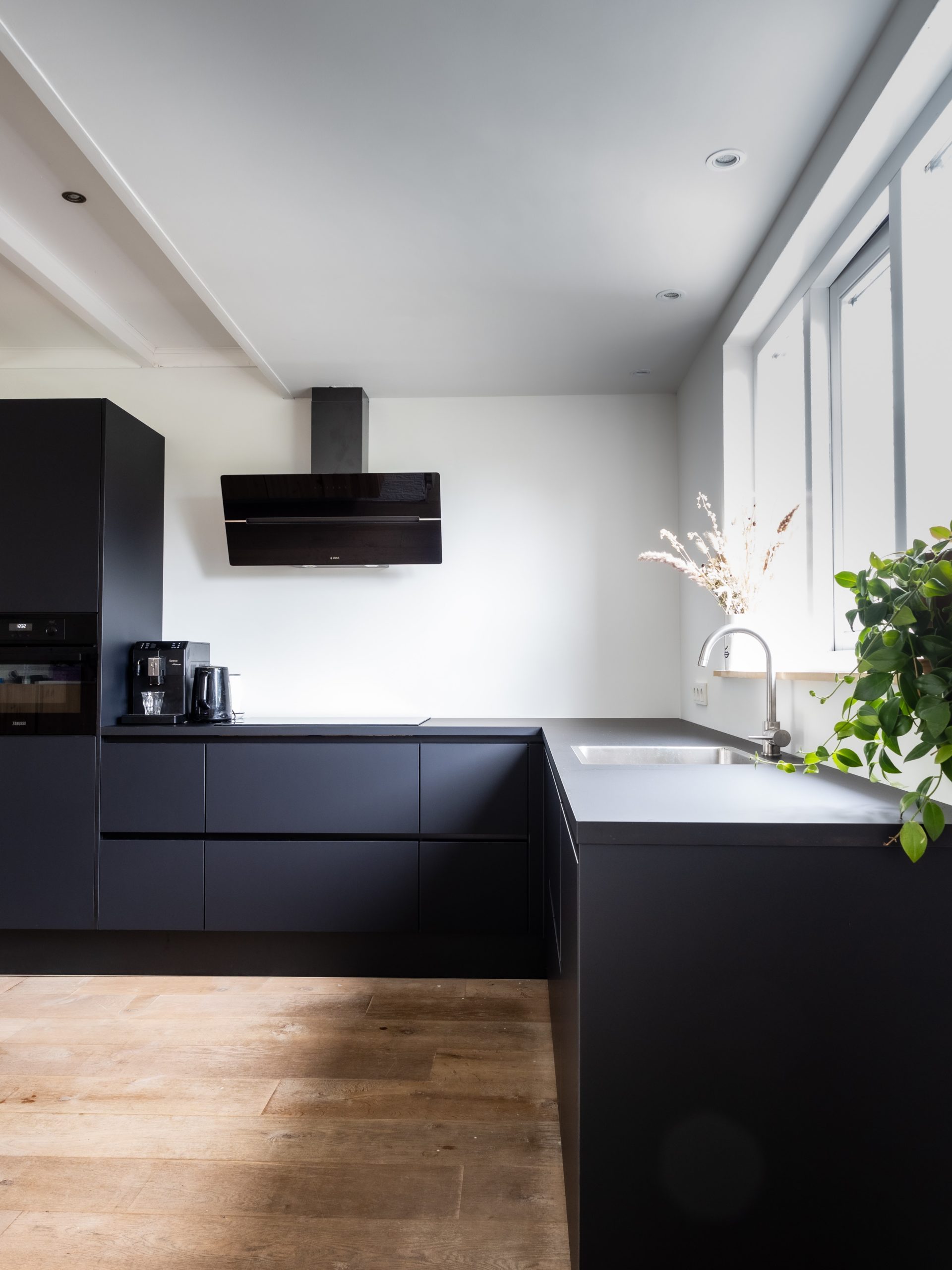How to Spot Low-Quality Kitchen Cabinets
Kitchen cabinets are not your typical living room shelves because they often require high-grade materials in order to store a large number of items such as food and cooking equipment. Knowing how things can become pretty hectic in the kitchen at any moment, kitchen cabinets must also be able to resist damages that might penetrate its surfaces such as water and extreme temperature.
Fortunately, many kitchen cabinet manufacturers dedicate themselves to crafting cupboards that can sustain the daily needs of their customers in terms of storage. Crafting a cupboard is not an easy job, especially if it’s designed to host different items from the busiest part of the house. Apart from buying a new cupboard, it also possible to retain the old cabinetry while upgrading the storage by availing a kitchen cabinet refacing service.
In case you recently moved to a new home and wondering whether you should change the old cabinets or not, keep in mind the following things that you should keep a tab on because they might be the sign of degrading cabinetry of lackluster quality.
Signs of Low-Quality Cabinets
External Appearance
Identifying a low-quality cabinet isn’t that much of a complicated task. Bad cupboards can be spotted right from the moment you take a closer look at its external appearance. If you think that the finishes of the wood look quite plain and cheap, there is a high chance that you are right. Well-made cabinets came from materials that are known for their durability such as plywood.
Additionally, there are other telltale signs that you better get rid of your stock cabinets based on its front and side panels:
-
- The doors are slightly or heavily misaligned.
- Noticeable wear and tear on the drawer pulls and cabinet doors.
- Missing cabinet faces
Interior Parts of the Cupboards
Try to pull out the drawers and see for yourself how the cabinets were crafted. Low-quality cabinets are usually made on pieces of thin and lightweight wood that are bonded together using either a stapler or glue. You can also inspect the drawer slides if they are a bit wobbly or flimsy. Take note that most cabinets are finely crafted using a dovetail joint between the sides and the face.
The Solution
In the event that some of the signs mentioned in this article is present on your current cupboards, you better consider replacing them or having them refaced. New cupboards can be expensive nowadays, but you can always opt for a cheaper cabinet refacing service. To know more about the process of kitchen cabinet refacing you can click this link here.
Let us help you uplift the look of your kitchen cabinets with our cabinet refacing service! Visit our website today at Kitchen Cabinet Refacing or call us at (800) 581-0694 to learn more.
Sources:





